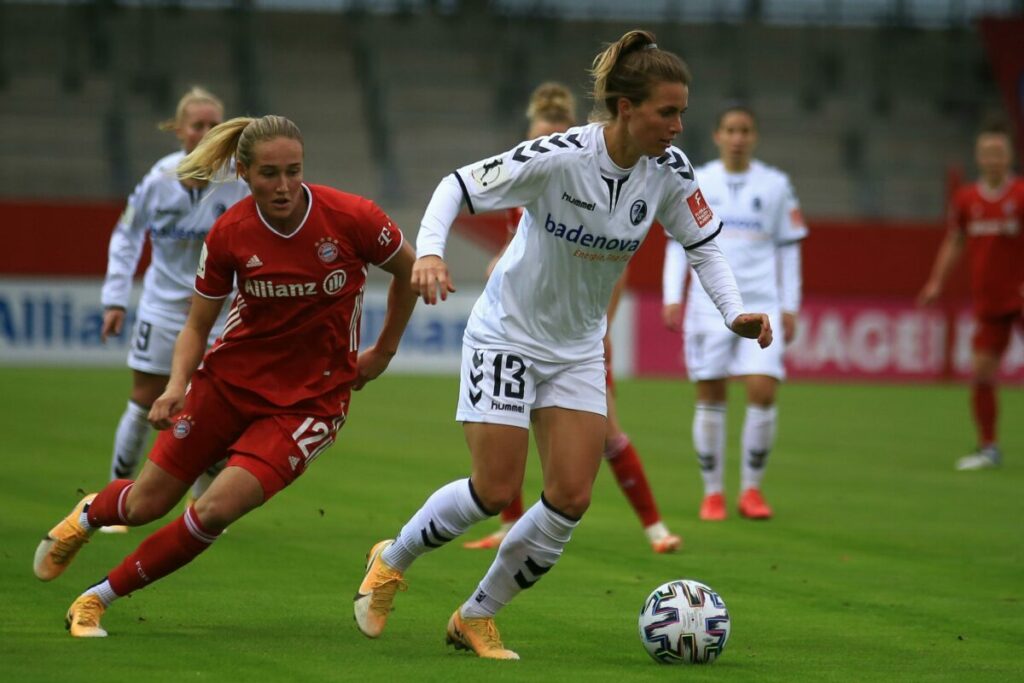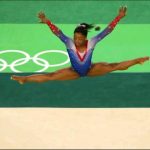
While female soccer players have made significant strides on the field, they still face major barriers – including a disproportionate rate of anterior cruciate ligament injuries and a “slow and disparate” response to them, a new report reveals.
“We have no doubt that a health issue of similar magnitude affecting elite male footballers would have received a faster, more thorough, and better coordinated response,” the U.K. Parliament’s Women and Equalities Committee said in a 47-page report issued Tuesday.
The report, “Health Barriers for Girls and Women in Sport,” highlights the sexism and inequalities women face in sports while citing recommendations on how the government should address them.
ACL injuries are of particular interest, as female soccer players are between three to six times more likely than male soccer players to experience them, the report noted. A tear to a woman’s ACL often requires surgery and months to fully recover — and despite treatments improving, it can limit or end a player’s career.
Arsenal W.F.C. players Leah Williamson and Beth Mead missed the 2023 World Cup after tearing their ACLs. American soccer player Megan Rapinoe experienced three separate ACL tears during her career, the first occurring in 2006 during her sophomore season at the University of Portland — which ended her ability to play for the remainder of the season.
One possible culprit for the high rates of ACL injuries is the design of women’s soccer cleats. Despite the rising interest of women and girls in soccer, the report authors found there are “very few” soccer cleats designed specifically to meet the needs for them.
The report cited a June 2023 survey of 350 elite female soccer players, conducted by the European Club Association, that found 82% experienced discomfort with soccer cleats (referred to as “boots” in the U.K.). The report also included commentary from British rower Baz Moffat, who noted that few athletic brands besides IDA Sports create cleats specifically for women’s feet, and at prices that players can afford.
“Girls and women at all levels of sport deserve kit and equipment properly researched and designed for their health, wellbeing, and performance needs,” the report stated. “At a time of soaring interest in women’s sport, the sector must do better.”
The report also delved into other topics, including the need for better maternity policies for pregnant athletes and mothers. It also denounced “deplorable” and “wholly unacceptable” coaching habits, such as fat-shaming and bullying of female athletes in swimming and other sports. And it noted research that finds older women experiencing perimenopause and menopause “feel largely ignored, invisible and irrelevant,” especially in sports and exercise.
Some possible solutions for the issues women face include delivering information on girls’ health in the context of physical education and sports much earlier, the report suggested. A “more concerted and coordinated, cross-sector approach” in research pertaining to sports and exercise was also recommended.



